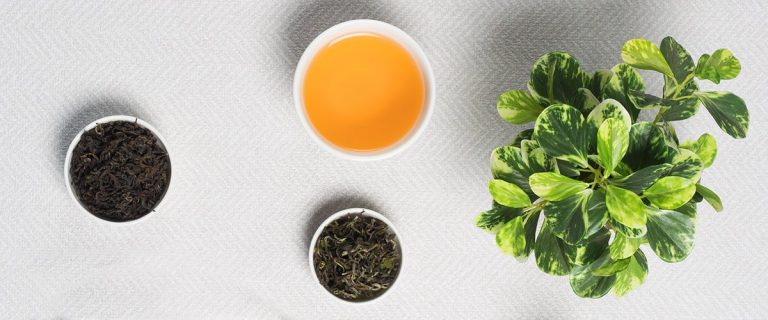Although oolong tea history can be traced back to Fujian, there are no official records that can identify when the first oolong tea was made. Popular folklore, however, attributes the oolong tea origin and history of oolong tea to a humble tea grower from the China’s Qing dynasty. Legends proclaim that one late evening, after a day of plucking, the tea grower, on his way back, was distracted by a deer. He forgot to process the leaves that day, as a result of which, they began to wilt and naturally oxidize.
Instead of letting these leaves go to waste, he decided to process them anyway, but given they had already started turning brown, subjected them to only a bit more of oxidation. The resultant tea was similar to a black tea but without the bitterness, and lacked tannic strength. It was smoother, sweeter and fragrant. He named this tea after himself, the Wu Long.
In Mandarin Wu Long also means Black Dragon, this is how the teal also came to be known as black dragon tea.
Another theory attributes the origins of the oolong tea to the Tang dynasty and the then-popular concept of bestowing tribute teas to the emperor. Tribute tea (referred to as Beiyuan) was typically presented in the form of a brick (comprising of dark teas) that was stamped with a seal of the Phoenix or the dragon. When the concept of brick teas went out of fashion, the teas that were made into bricks were produced and sold loose. These teas now had the bearings of an oolong tea – they were naturally oxidized in bamboo basket, rolled into small curls and baked in an oven. Visit our oolong collection here.

Comments are closed.